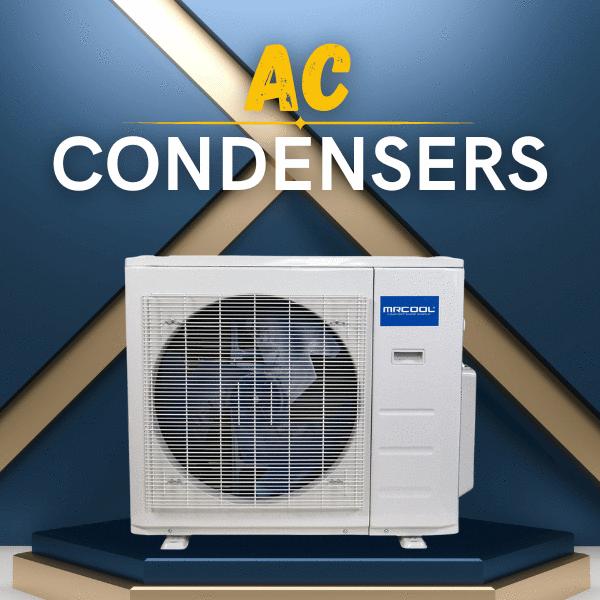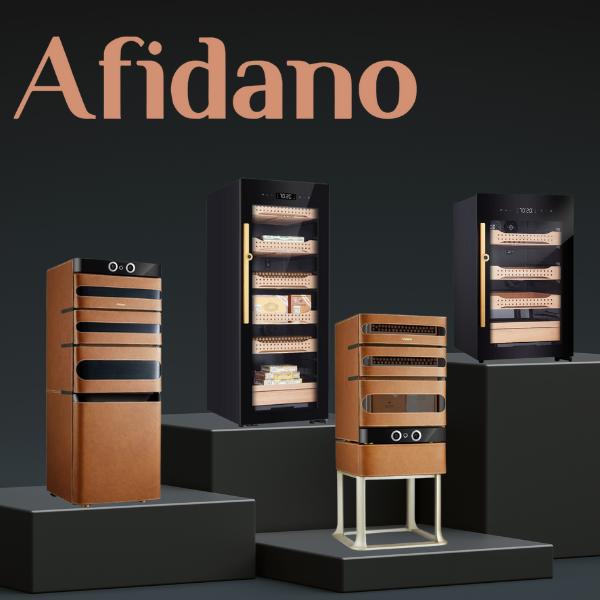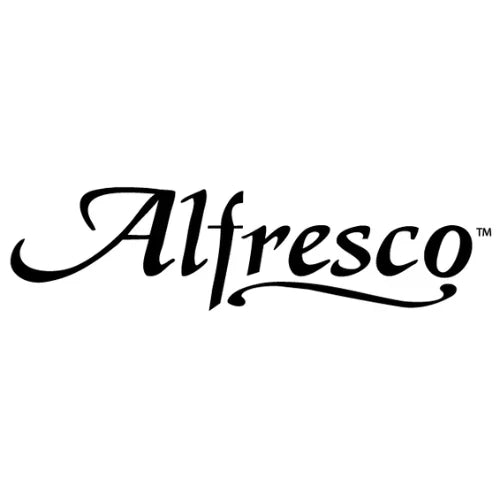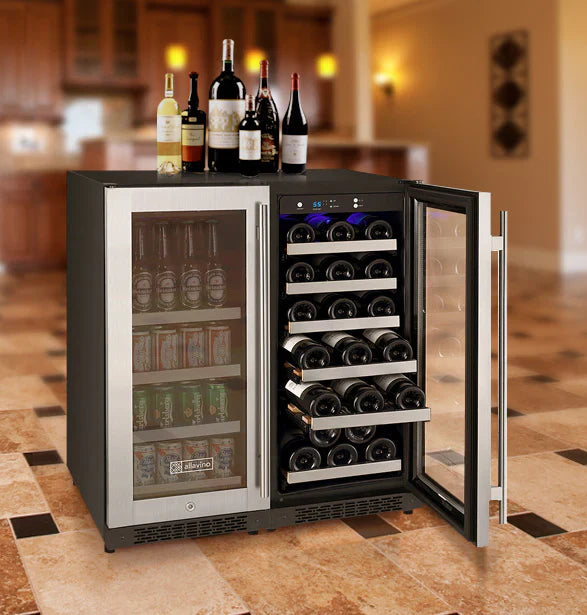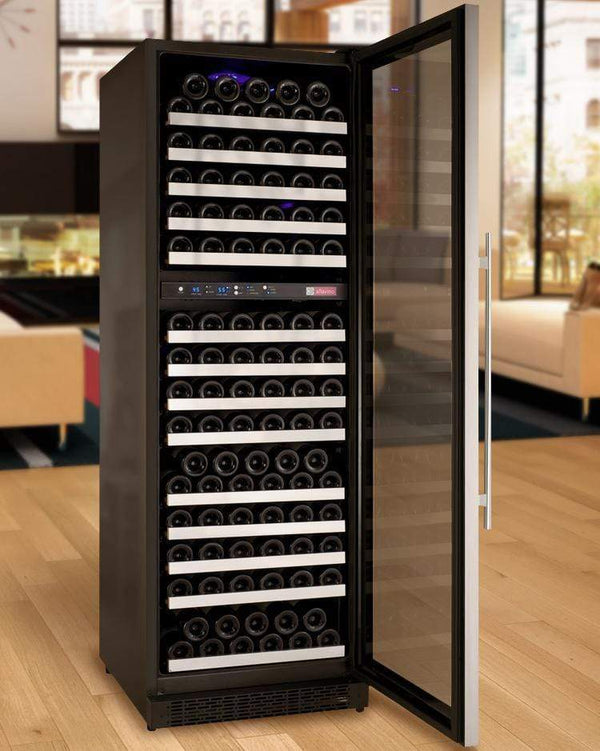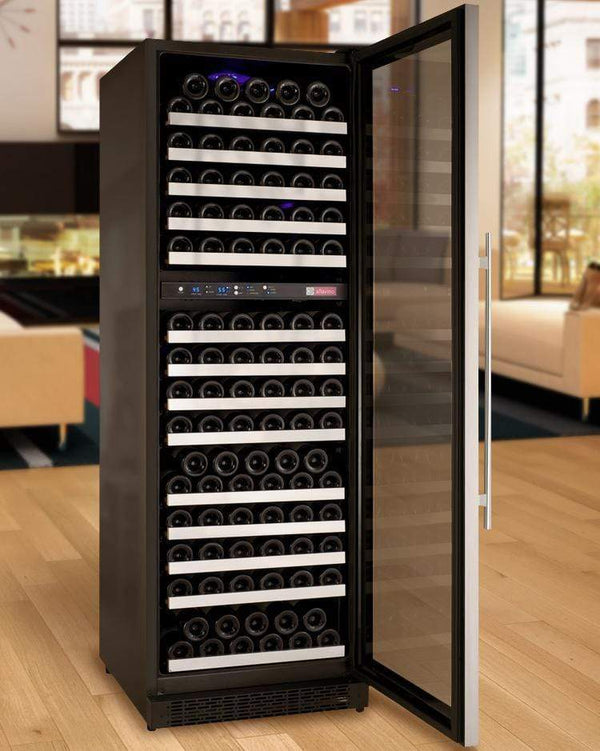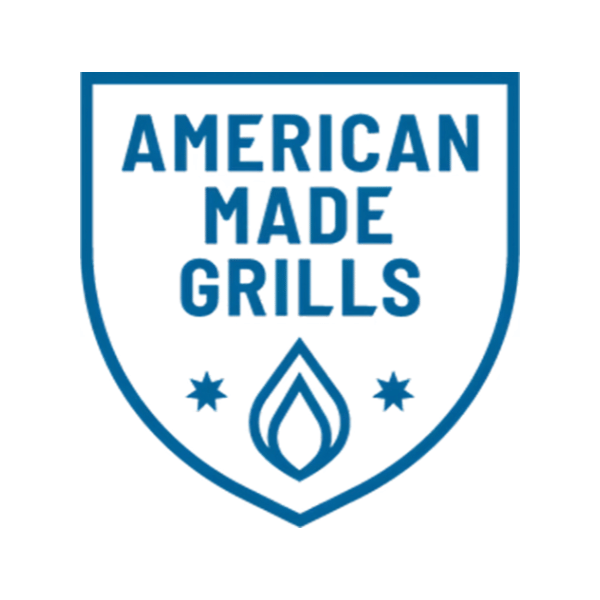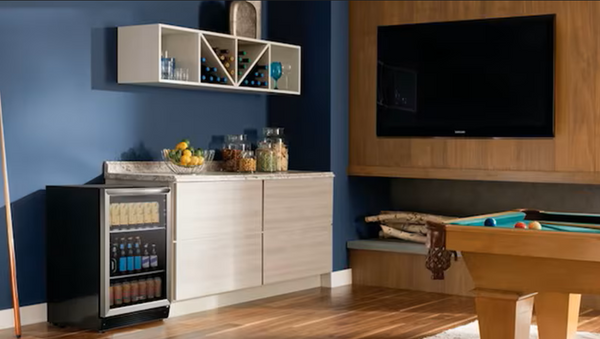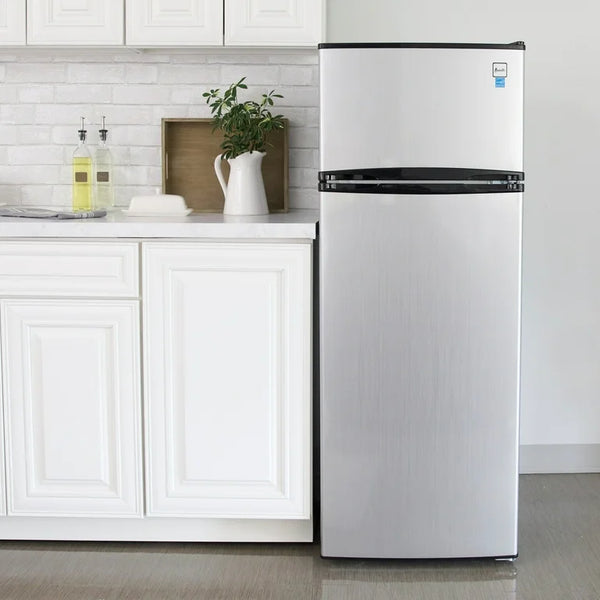Best Cooling Systems for Glass Cellars – Expert Guide
Why Glass Wine Cellars Require Specialized Cooling Solutions
By Jim Hopper, Wine Cooling Expert
Have you been considering getting a glass wine cellar? We understand why—they’re stunning and a great way to showcase your wine collection. Glass cellars add a modern, elegant touch to your home, which is why so many wine enthusiasts are choosing them over traditional cellars.
If you already have a glass wine cellar or are thinking about building one, that’s exciting! However, it’s important to remember that the thermodynamic properties of glass can make it challenging to maintain the perfect temperature and humidity for your wine.
For a comprehensive overview of wine cellar cooling fundamentals, check out our Ultimate Guide to Wine Cellar Cooling Systems.
But don’t worry—if you’re aware of these challenges and take the right precautions, you can keep your wine stored in ideal conditions.
In this guide, we’ll explore the best cooling systems on the market specifically designed for glass wine cellars. Don’t let subpar cooling ruin your collection!

Common Problems of Glass Wine Cellars
Glass wine cellars are beautiful, but they come with unique challenges. Here are the most common issues and how to address them:
1. Heat and Moisture

Glass conducts heat much better than insulated drywall. This means your cellar’s cooling system must work harder to maintain the right temperature. The glass acts as a bridge between your climate-controlled cellar and the rest of your home. If your cellar is at 55°F and your home is at 70°F, the glass will absorb that heat difference, putting extra stress on your cooling system.
Additionally, glass cellar doors often lack weather stripping, making it easier for heat and moisture to get inside. Always include weather stripping—even a bottom sweep—on your door to help keep heat and moisture out.
2. Noise

Glass doesn’t absorb sound well, so noise from your cooling system can be more noticeable. If you plan to entertain guests in your cellar, consider a system known for quiet operation.
3. Temperature Fluctuations
Inconsistent temperatures can cause wine to expand and contract, leading to cork failure and spoilage. Causes include poor insulation, inadequate cooling, or poor cellar placement. Proper insulation and a high-quality cooling unit are essential. Learn more about the ideal temperature for wine storage.
4. Humidity
Humidity is critical for wine storage. High humidity can cause mold and mildew, while low humidity dries out corks and spoils wine. Use a humidifier or dehumidifier and monitor levels regularly.
Humidity is critical for wine storage. Learn why in our Wine Cellar Humidity Guide.
5. Lighting
Direct sunlight or strong artificial light can spoil wine. Poor cellar location, inadequate window coverings, or insufficient ventilation can cause problems. Place your cellar away from direct sunlight and use window coverings or UV-filtering film.
6. Vibration
Vibration disturbs wine sediment, affecting flavor and aroma. Avoid placing your cellar near heavy foot traffic, construction, or appliances that vibrate.
7. Condensation
Cold air blowing directly onto glass can cause condensation, leading to mold and label damage. Prevent condensation by ensuring air isn’t blown directly on glass surfaces.
The Best Solutions for Glass Wine Cellars

With the right approach, you can overcome these challenges and protect your wine collection.
1. Proper Insulation and Vapor Barrier
We recommend traditional drywall construction with 2x4 or 2x6 studs. Insulate walls and ceilings well—at least R-17 for interior walls and R-30 for ceilings and exterior walls. Read more about wine cellar insulation options.
Install a vapor barrier to prevent water vapor movement. For all-glass construction, use dual-pane insulated glass to reduce heat transfer and improve energy efficiency. Seal all glass joints and add weather stripping to doors for an airtight environment.
2. Upsize the Cooling System
Glass cellars require cooling systems that are 2–3 times more powerful than those used for traditional cellars of the same size. Instead of just considering the cellar’s size, focus on the BTU rating to ensure your system can handle the extra thermal load.
Why Sizing Matters for Glass Cellars
Glass cellars require cooling systems that are 2–3 times more powerful than those used for traditional cellars of the same size. To ensure you choose the right system, use our Wine Cellar Cooling Unit Sizing Guide.
Types of Wine Cellar Cooling Systems: An Overview
Before selecting the best system for your glass cellar, it helps to understand the main categories of wine cellar cooling systems. Each type is designed to control temperature and humidity, but they differ in how they operate and are installed.
| System Type | Basic Description |
|---|---|
| Non-Ducted Self-Contained | A single unit (like a window AC) installed through the wall; cools the cellar and exhausts heat into an adjacent space. |
| Ducted Self-Contained | A single unit located outside the cellar; uses ducts to deliver cool air in and remove warm air out. |
| Ducted Split | Two components (evaporator and condenser) connected by refrigerant lines and ducts; allows remote placement and quiet operation. |
| Ductless Split | Two components (evaporator in cellar, condenser outside); no ductwork, but refrigerant lines connect the units. |
| Ceiling-Mount | Mounted in or above the ceiling; distributes cool air evenly throughout the cellar. |
Non-Ducted Self-Contained (Through-the-Wall) Systems
These units are installed directly through an interior wall, with one side facing the cellar and the other venting warm air to an adjacent room. They function much like window air conditioners and are typically visible inside the cellar.
Find out more about this system type in our Through the Wall Wine Cellar Cooling Units Guide.
Ducted Self-Contained Systems
A single unit is placed outside the cellar (in a mechanical room or attic). Ducts carry cooled air into the cellar and return warm air back to the unit. This keeps all mechanical equipment out of sight.
Ducted Split Systems
This system has two separate parts: an evaporator (inside or near the cellar) and a condenser (outside or in another room), connected by refrigerant lines and ducts. Cooled air is delivered to the cellar via ducts, with heat removed remotely for quiet, flexible installation.
Discover the benefits and installation details in our Ducted Wine Cellar Cooling Units Guide.
Ductless Split Systems
Similar to ducted split, but the evaporator is mounted directly in the cellar and connected to a remote condenser by refrigerant lines. No ductwork is required, making installation simpler but with equipment visible inside the cellar.
Learn more about how these work in our Ductless Split Wine Cooling System Guide.
Ceiling-Mount Systems
These units are installed in or above the ceiling of the cellar. They draw in warm air at the ceiling, cool it, and distribute it evenly throughout the space, often with a discreet, low-profile vent or grille.
For details on this discreet option, visit our Ceiling Mounted Wine Cellar Cooling Unit Guide.
How it works: The non-ducted self-contained unit pulls warm air from the cellar, cools it, and returns it to the space, while simultaneously venting heat into an adjoining room. All cooling and exhaust happens within the same unit.
3. Choose the Right Cooling System Type

Fully-ducted and ducted split systems are ideal for glass cellars—they’re efficient, powerful, and quiet. Ceiling-mount units are also a great choice because they distribute air evenly and minimize condensation risk. Explore our fully-ducted self-contained systems and ducted split coolers.
Cooling System Types: Quick Comparison for Glass Cellars
| System Type | Pros for Glass Cellars | Cons for Glass Cellars |
|---|---|---|
| Fully-Ducted | Quiet, no equipment in cellar, flexible placement, less vibration | Requires professional installation, higher cost |
| Ducted Split | Powerful, quiet, easy maintenance, flexible installation | Professional installation needed, higher upfront cost |
| Ceiling-Mount | Even air distribution, minimizes condensation, discreet appearance | May require structural modifications, pro installation |
| Ductless Split | More affordable, easier installation | Louder, may blow air directly on glass (condensation risk) |
| Self-Contained (Through-the-Wall) | Lower cost, DIY-friendly | Not recommended: noisy, visible, not powerful enough for glass-enclosed spaces |
Typical Cost Ranges by System Type
| System Type | Approximate Cost Range* |
|---|---|
| Fully-Ducted | $3,000–$8,000+ |
| Ducted Split | $2,500–$7,000+ |
| Ceiling-Mount | $2,500–$6,000+ |
| Ductless Split | $1,800–$4,500+ |
| Self-Contained | $1,200–$2,500 |
*Costs may increase for glass cellars due to up-sizing and additional installation requirements.
Energy Efficiency and Long-Term Costs
Glass cellars place higher demands on cooling systems, which can impact energy use and running costs. Here’s how system types compare:
- Fully-Ducted and Ducted Split: These systems are typically more energy-efficient for larger glass cellars, as they’re designed to handle higher thermal loads with less cycling and wasted energy.
- Ceiling-Mount: Efficient for small to medium glass cellars, especially when paired with dual-pane glass and proper insulation.
- Ductless Split and Self-Contained: May run longer and harder to keep up with heat gain in glass cellars, leading to higher utility bills over time.
For optimal efficiency, always upsize your system for glass and invest in quality insulation and dual-pane glass.
Noise and Vibration Comparison
| System Type | Noise Level | Vibration Impact |
|---|---|---|
| Fully-Ducted | Minimal | Minimal |
| Ducted Split | Very Low | Very Low |
| Ceiling-Mount | Low | Minimal |
| Ductless Split | Moderate | Low |
| Self-Contained | High | Moderate |
Glass amplifies sound, so prioritize ducted or ceiling-mount systems for the quietest experience.
Detailed Pros and Cons of Cooling System Types for Glass Cellars
Fully-Ducted Systems
| Pros | Cons |
|---|---|
| Whisper-quiet operation—no equipment inside the cellar | Highest upfront cost |
| Flexible placement options for both unit and vents | Requires professional installation and ductwork |
| Minimal vibration, protecting wine integrity | Duct routing may be challenging in some homes |
| Discreet appearance, ideal for design-focused glass cellars |
Ducted Split Systems
| Pros | Cons |
|---|---|
| Powerful cooling for large or high-exposure glass cellars | Professional installation required |
| Quiet operation—condenser located remotely | Higher initial investment |
| Easier maintenance, as components are accessible | Ductwork may require structural modifications |
| Flexible installation (can often use longer duct runs) |
Ceiling-Mount Systems
| Pros | Cons |
|---|---|
| Even air distribution, reducing condensation risk on glass | May require structural reinforcement or modifications |
| Discreet, blends into modern cellar designs | Professional installation needed |
| Space-saving—no wall unit intrusion | Limited model selection compared to other types |
Ductless Split Systems
| Pros | Cons |
|---|---|
| More affordable than fully ducted/split systems | Louder than ducted systems |
| Easier and faster installation | Airflow may cause condensation on glass if not positioned carefully |
| Quieter than self-contained units | May not be sufficient for large or high-exposure glass cellars |
Self-Contained (Through-the-Wall) Systems
| Pros | Cons |
|---|---|
| Lowest upfront cost | Not recommended for glass cellars due to limited power |
| DIY-friendly installation | Noisy and visually obtrusive |
| Good for small, well-insulated cellars | Repairs require removing the entire unit |
| Typically insufficient for high thermal loads |
Installation and Maintenance: What to Expect
- Fully-Ducted & Ducted Split: Require professional installation, including ductwork and possible structural modifications. Maintenance is straightforward—filters and coils are accessible, and repairs can be performed onsite.
- Ceiling-Mount: Professional installation is a must, especially if ceiling reinforcement is needed. Maintenance typically involves filter changes and periodic checks for condensation.
- Ductless Split: Installation is simpler but still best done by a professional. Maintenance is easier than with ducted systems, but noise and airflow direction should be checked regularly.
- Self-Contained: Can be installed DIY, but repairs are less convenient—entire unit may need to be removed and shipped for service.
For a step-by-step overview, see our Wine Cellar Cooling Unit Installation Guide.
Maintenance and Repair Differences by System Type
Maintenance needs and repair logistics can vary greatly:
- Self-Contained Units: Repairs often require removing the entire unit—difficult in glass cellars where access is limited and disturbing the enclosure is undesirable.
- Ducted and Split Systems: Most maintenance (like filter changes or servicing the condenser) can be performed without entering the glass cellar itself, minimizing disruption and risk to your wine collection.
- Ceiling-Mount Systems: Maintenance is straightforward, but ensure access panels are planned during installation to avoid future glass removal.
Carefully consider these factors during planning to avoid costly or disruptive repairs.
Which Cooling System is Best for Your Glass Cellar Size?
| System Type | Ideal Cellar Size | Best For |
|---|---|---|
| Fully-Ducted | Medium to Large | High-end glass cellars, minimal noise, design-focused spaces |
| Ducted Split | Medium to Large | Large collections, challenging environments, flexibility |
| Ceiling-Mount | Small to Medium | Modern, compact glass cellars, even air distribution |
| Ductless Split | Small to Medium | Budget-conscious, less complex installations |
| Self-Contained | Very Small | Only temporary or budget installations (not recommended for glass) |
Real-World Examples: Matching System Types to Glass Cellar Needs
Choosing the right cooling system for your glass wine cellar depends on more than just size—it’s about your goals, location, and usage. Here are some typical scenarios:
- Showcase Cellar in a Living Room: A small, all-glass display in a main living space benefits from a ceiling-mount or ducted split system—these minimize noise and visual impact for entertaining.
- Large, High-Exposure Glass Cellar: For a commercial venue or luxury home with a large, sunlit glass cellar, a fully-ducted or powerful ducted split system is essential to handle the high thermal load and maintain quiet ambiance.
- Budget-Friendly, Temporary Glass Cellar:If you’re setting up a small, temporary, or budget glass enclosure, a ductless split might suffice, but be prepared for more noticeable noise and less precise humidity control.
This approach helps ensure your system type matches your lifestyle and cellar environment.
Top Cooling Unit Brands for Glass Wine Cellars
While WhisperKOOL is a leading choice for glass wine cellars, several other reputable brands are also trusted by professionals and enthusiasts for their performance, reliability, and support. Here’s an overview of the most notable brands to consider:
| Brand | Notable Strengths | Best For | Support/Warranty Highlights |
|---|---|---|---|
| WhisperKOOL | Innovative features, wide model selection, quiet operation | Glass cellars of all sizes, design-focused builds | Industry-leading tech support, strong warranty |
| CellarPro | High efficiency, advanced humidity control | Challenging environments, custom installations | Responsive customer service, extended warranties |
| CellarCool | Affordable, user-friendly, reliable for small/medium | Homeowners seeking value and simplicity | Good entry-level support |
| N’FINITY | Digital controls, modern design, flexible installations | Contemporary homes, tech-savvy users | Competitive warranty, digital resources |
Each of these brands offers cooling units that can be sized and configured for glass wine cellars. When choosing, consider not just performance, but also the brand’s reputation for support, warranty coverage, and ease of installation.
Explore more options in our roundup of the 9 Best Wine Cellar Cooling Units.
Best Cooling Systems for Glass Wine Cellars
Here are our top picks for wine cellar cooling systems for glass cellars:
1. WhisperKOOL Platinum Split Ductless Series
The WhisperKOOL Platinum Split Ductless Series offers quiet, efficient operation with a 2-speed fan switch to adjust BTU/h capacity. Its 55ºF temperature differential and high-efficiency condenser make it a great fit for glass cellars—even in extreme climates.
Available sizes:
-
WhisperKOOL Platinum Split Twin Ductless Wine Room Cooling Unit - 110V
- WhisperKOOL Platinum Mini Split Wine Room Cooling Units 220V
- WhisperKOOL Platinum Split 4000 Ductless Wine Room Cooling Units 220V
- WhisperKOOL Platinum Split 8000 Ductless Wine Room Cooling Units 220V
- WhisperKOOL Platinum Split Twin Ductless Wine Room Cooling Units 220V
2. WhisperKOOL Quantum Series
The WhisperKOOL Quantum Series is designed for larger, challenging cellars—including those with glass walls. Features include customizable airflow, a condensate pump, and electro-fin coated coils for protection. Operates in ambient conditions as low as -15°F.
Available sizes:
-
WhisperKOOL Quantum SS12000 Wine Cellar Air Conditioner - 110V
- WhisperKOOL Quantum SS9000 Wine Cellar Air Conditioner - 110V
- WhisperKOOL Quantum SS12000 Wine Cellar Air Conditioner - 220V
- WhisperKOOL Quantum SS9000 Wine Cellar Air Conditioner - 220V
3. WhisperKOOL Ceiling Mount Series
The WhisperKOOL Ceiling Mount Series draws in warm air at the ceiling and disperses it evenly, reducing condensation risk. Its discreet design blends into your cellar, and features like a hex mesh grille and air filter ensure long-term reliability.
Available sizes:
-
WhisperKOOL Ceiling Mount Twin 9000 Wine Cooling System - 110V
- WhisperKOOL Ceiling Mount Mini Split System - Mini Split 220V
- WhisperKOOL Ceiling Mount 4000 Wine Cooling System 220V
- WhisperKOOL Ceiling Mount 8000 Wine Cooling System 220V
- WhisperKOOL Ceiling Mount Twin 9000 Wine Cooling System 220V
- WhisperKOOL Ceiling Mount Twin 12000 Wine Cooling System 220V
4. WhisperKOOL Extreme tiR - Fully-Ducted Series
The WhisperKOOL Extreme tiR Fully-Ducted Series handles even the most extreme glass cellar conditions. Place the unit up to 25 ducted feet away for design flexibility. The KDT Plus remote controller and thermostat allow you to monitor and adjust temperature without entering the cellar.
Available sizes:
- WhisperKOOL Extreme 3500 tiR Ducted Wine Cooler Cellar Unit
- WhisperKOOL Extreme 5000 tiR Ducted Wine Cooler Cellar Unit
- WhisperKOOL Extreme 8000 tiR Ducted Wine Cooler Cellar Unit
5. WhisperKOOL Phantom Series
The WhisperKOOL Phantom Series is a fully ducted, powerful, and flexible choice for glass cellars. It offers multiple ducting options, a remote controller, and is built to perform in ambient temperatures up to 110°F.
Available sizes:
- WhisperKOOL Phantom 3500 Wine Cooling Units
- WhisperKOOL Phantom 5000 Wine Cooling Units
- WhisperKOOL Phantom 8000 Wine Cooling Units
Installation and Maintenance Considerations
- Professional Installation: Most ducted and split systems require professional installation for optimal performance and warranty protection.
- Maintenance: Regularly check seals, weather stripping, and glass joints for air leaks. Clean condenser coils and filters as recommended by the manufacturer.
- Condensation Management: Ensure the cooling system’s airflow is not directed at glass surfaces to prevent condensation. Wipe down glass panels as needed.
The Final Word
Maintaining ideal temperature and humidity in a glass wine cellar can be challenging, but with the right cooling system, you can protect your collection for years to come.
Some of the top cooling systems for glass wine cellars available now are:
- WhisperKOOL Platinum Ductless Split Series
- WhisperKOOL Quantum Series
- WhisperKOOL Ceiling Mount Series
- WhisperKOOL Extreme tiR Fully-Ducted Series
- WhisperKOOL Phantom Series
Each of these units provides unique features and benefits tailored to the demands of glass wine cellars, ensuring your wines age perfectly.
Shop Wine Cellar Cooling Systems at Wine Coolers Empire
Looking for more options? Browse our WhisperKOOL Wine Cellar Cooling Units and pair your system with the best racks from Ultra Wine Racks.
Questions?
We’re available Monday–Friday, 9AM–9PM EST.
Call us at 1-888-407-7770 or email support@winecoolersempire.com.
For fireplaces, outdoor heaters, fire pits, and more, visit our sister store Flame Authority.
📚 Frequently Asked Questions (FAQs)
What are the standards for a wine cellar?
How to choose a good cooler?
What is the recommended temperature for a wine cooler?
Do you put water in a wine cooler?
What are the four equipment commonly found in the cellar?
Which of the following should be avoided in a wine cellar?

Designing or Upgrading a Wine Cellar?
We got you! Here at Wine Coolers Empire, we will guide you in building your dream wine cellar.

